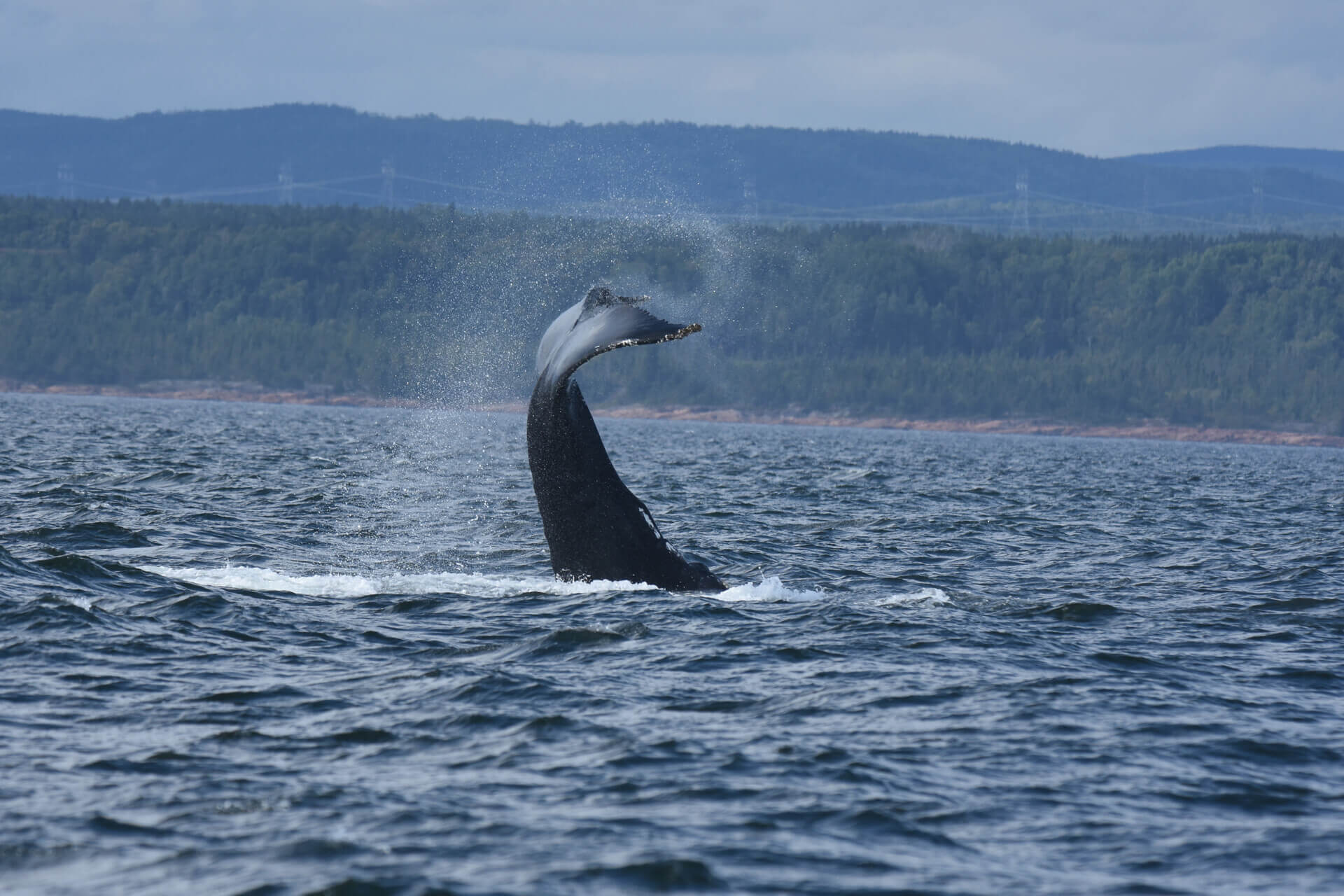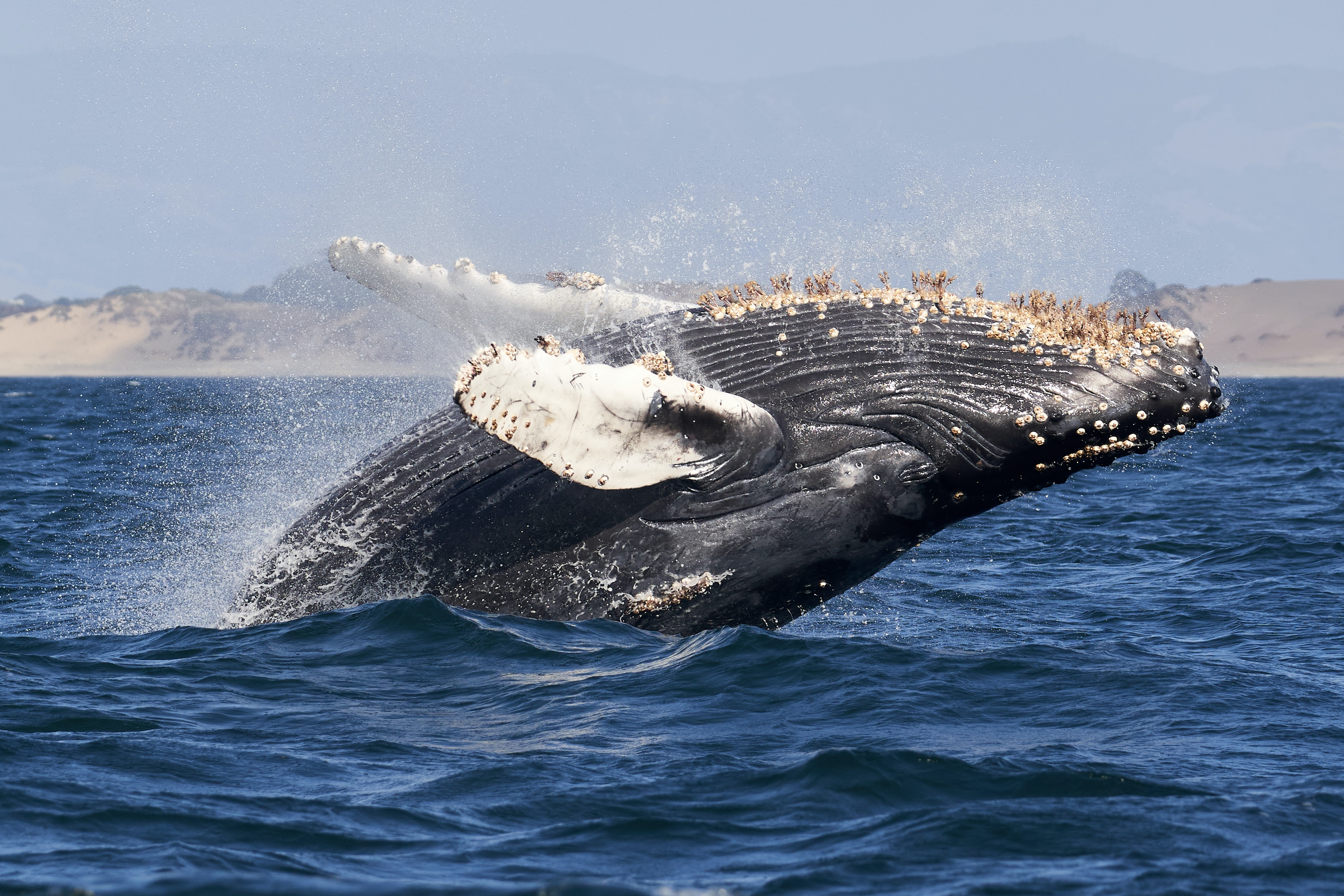Measuring some twenty metres long and weighing around 100 tonnes, what predator “dares” to attack the largest animal on the planet? The killer whale is one of the only predators of the blue whale. However, only certain populations of this species include whales in their diets, which, just like their hunting techniques, vary from one population to another. Like a pack of wolves, killer whales work in coordinated teams when pursuing their prey. About 25% of the blue whales photo-ID’d in the Gulf of California in Mexico show teeth marks on their tails left by killer whales. However, the blue whale has one formidable weapon: its tail, which can be as wide as a soccer net. It can scare off or even injure a predator with a powerful flick of its tail. When pursuing large baleen whales or sperm whales, killer whales often target weak or young individuals.
Historically, hunting by Man has also had a significant impact on blue whale populations. In the North Atlantic, close to 11,000 blue whales are believed to have been harvested between the end of the 19th century and 1960. Since 1955, the International Whaling Commission (IWC) has banned the hunting of this species in the North Atlantic. The global population is currently estimated at 10,000 individuals, including barely 250 adults in the Northwest Atlantic.
To learn more:
About the predation





